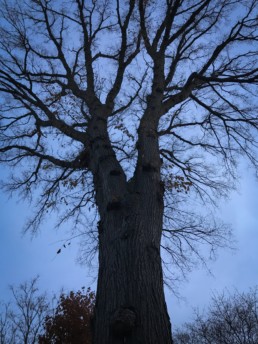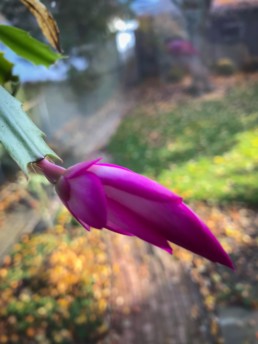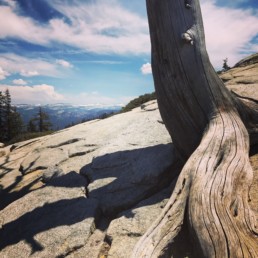Crumpled, wizened leaves scuttle about my feet on this windy November morning. They scratch along sidewalks and streets, catching between fading blades of grass. We city dwellers have done our best with rakes and mowers and blowers to corral them into tidy piles to be picked up and discarded somewhere else, but there are some that resist and escape. In rural communities, leaves are sometimes burned instead. That acrid smell and smoky haze, full of invisible hazards to both lungs and sky, nonetheless curls me into a cozy nook of nostalgia. In forests and marshes and prairies, left to the wisdom of wild places, autumn leaves will blanket the half-frozen earth, feeding the future with their own decay.
November trees are bare against the pewter sky, their naked forms revealing an intricacy as delicate and complex as our own human anatomy. Trunks and old growth branches are as solid as bone. Networks of twisted twigs bear a remarkable resemblance to capillary beds and neural networks. In this season, when all is laid bare, I feel most connected to the circles and cycles that ultimately claim us. Advanced intelligence and complex societies do nothing to set us apart in the eyes of November. Sometimes there is comfort in the arms of so much loss.
In this season, when all is laid bare, I feel most connected to the circles and cycles that ultimately claim us.

Most leaves have let go in these days of wind and frost and rain, but there are some trees that still boast a crown of rusted brown or muted gold. Some of these trees will in fact hold on to their leaves all winter. The beloved oak trees of my childhood followed this cycle but I don’t think I ever asked why. The question surfaces now, as I wander beneath the naked trees and the ones still clinging to faded glory. I discover a new linguistic and scientific treasure in the word “marcescence.” From the Latin marcescere “to wither, languish, droop, decay, pine away,” marcescent leaves cling to these trees until spring. There are only a few species of deciduous trees that do so, including several types of oak. The scientific reason for this alternate cycle is not entirely clear, but hypotheses include the ability to trap snow for moisture in areas of poor soil; discouraging grazers such as elk and deer from nibbling on tender shoots; and delaying the decomposition of leaves until spring when the tree needs nutrition most. A legend of the Seneca people says that Oak Tree holds its leaves in a fierce stand against Winter. The oak does indeed look like the kind of tree that would take a stand.

Setting aside legend and scientific complexity, I embrace the idea that some living beings need to do things a little differently in order to thrive.
Setting aside legend and scientific complexity, I embrace the idea that some living beings need to do things a little differently in order to thrive. What works for the maple is not ideal for the oak. The mighty grizzly takes a long winter’s nap but the diminutive cardinal will brighten a carpet of snow on the most frigid days. Outside my window, the plants that indulged and flourished in the summer sun have withered and died, but the Christmas cactus on the kitchen table is blooming in fluorescent glory. (The genus of this cactus is my second-favorite word find of the day – Schlumbergera). Trees take root from fissures in granite, dandelions push up from a crack in the sidewalk. People, too, find their own unique place to sprout and a season in which to bloom.
Trees take root from fissures in granite, dandelions push up from a crack in the sidewalk. People, too, find their own unique place to sprout and a season in which to bloom.

So — welcome, November, with your steely sky and bitter wind. Welcome, season of letting go and turning inward, of decay that feeds new life, of perceived dying that is really transformation. I am grateful for the season that stings and surprises, that, in the words of Mary Oliver, “announces your place in the family of things.”